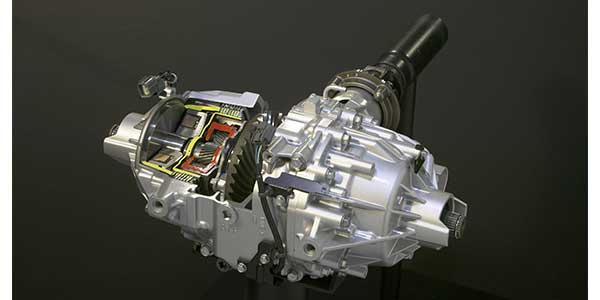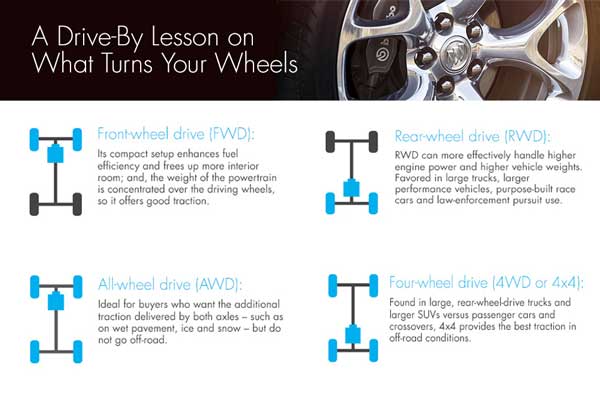With a lot of AWD cars and SUVs coming off powertrain warranties, you are going to see more differential and transfer case maintenance and repairs at the shop. What makes these drivetrain components different from previous systems is that these have more electronic and mechanical controls that work with the ABS and stability control systems. This is a huge service opportunity.
Why?
The reason for the new level of complexity with these systems is the need for OEMs to meet customer demand for AWD vehicles, while still meeting fleet fuel economy standards.
The solution to the problem is not new. The strategy many automakers are taking is to disconnect the all-wheel-drive components when they are not needed. This was the approach many early 4X4 vehicles used by having driver-controlled transfer cases and manual locking hubs. This time around, it is not the driver who is getting out to lock hubs, it is a computer module on a CAN bus.
This front differential can disengage the front wheels when four-wheel drive is not needed. The differential can be activated, and the wheels connected, in 600 milliseconds.
Torque Vectoring Rear Differentials
The torque vectoring differentials are able to control the amount of power going to each wheel connected to the axle. Some high-horsepower front-wheel-drive vehicles have a basic torque vectoring differential (like the Ford Fiesta RS) to control torque steer.
Torque vectoring differentials can work together with the stability control system and PCM to maximize traction during acceleration. It can be used during off-road and on-road situations at a wide range of speeds. The main inputs are the steering position sensor and yaw sensor. The differential control module makes corrections by determining where the driver wants to go and where the vehicle is going to make a correction.
This rear differential can control the power to the rear wheels. These differentials can act like a locking, limited-slip or open differential with only a change of the electronically controlled clutches.
Torque vectoring differentials have another advantage — they can disconnect a drive axle better than any locking hub. Decoupling an axle with clutch packs reduces rotating mass in the driveline and increases fuel mileage. The system will then decouple the center differential. On some vehicles, the driveshaft can be uncoupled from both the transmission and rear/front differential. This decoupling of the driveline can reduce rotating mass and load on the engine. This is all performed in milliseconds, and the driver does not feel even the slightest vibration.
Opportunities
The greatest opportunity with these fuel-efficient AWD systems is diagnostic labor. These transfer cases and differentials can turn on a malfunction light or message in the driver information center if an error is detected with the system.
Article courtesy Brake & Front End.
















